Controversial bus gates are just the start of change in Aberdeen – with huge roads upheaval planned by 2030.
Higher parking charges, parking restrictions including a levy for taking the car to work and further bans on what vehicles can drive where in the Granite City could be enforced by the turn of the decade.
Motors are to make way as planners work to squeeze segregated cycle lanes and bus lanes along every main road into the city centre.
Active and sustainable travel are to be prioritised in the new-look Granite City, outlined in the council’s “ginormous and beastly” draft local transport strategy.
Proposals for massive investment and re-engineering of Aberdeen streets to prioritise bikes and public transport will soon be put out for formal consultation.
But already the plans have been branded a “doubling down on the war against the motorist and weary Aberdeen public” in favour of treating cyclists “like some sort of gilded royalty”.
Aberdeen local transport strategy draft quickly follows bus gate fury
It follows a bitter public reaction to new bus gates around the city centre, which were switched on at the end of last month.
They were introduced using experimental road laws (ETRO), meaning the public are being given a say only now that changes are already in place.
But the chief planner David Dunne has already warned of “significant impacts” if the bus gates were to be removed.
Other rules have also been brought in using the ETRO, a process Transport Scotland says is “very rarely used” as they don’t offer a “proper way” to consult the public.
Private vehicles are no longer able to turn right out of Union Terrace onto Rosemount Viaduct and daytime traffic has been banned from Schoolhill and Upperkirkgate, east of Back Wynd.
What does the draft Aberdeen local transport strategy reveal?
The new draft Aberdeen local transport strategy is high-level, offering little detail of specific locations in mind for overhaul.
But having appraised six ways ahead for the city’s roads, officials have set their sights on “rebuilding the network”, or a “do maximum” approach.
It mainly deals with 2023-2030, but ties in with longer net zero targets for 2045.
Main roads into the city centre would be redesigned with priority given to bikes, buses and the planned Aberdeen Rapid Transit (ART).
Anywhere where space is an issue, cars would be the first to be removed.
But there would also be “large scale” installation of electric vehicle charge points, hydrogen refuelling spots and more car club vehicles spread across Aberdeen, if all goes ahead as currently envisaged.
What’s in the 61-page document?
The draft strategy is a 61-page document. Some of the council’s justification and aims for it include:
- There is less through traffic in Aberdeen due to opening of AWPR and better rail links with Inverurie.
- More than three in 10 Aberdeen households have no access to a car. This is blamed on an ageing population and the rising cost of living. User-friendly access to other transport means is “very important”.
- City council targets playing a role. Those include: a just transition to net zero by 2045 or even by 2037; to reduce the share of journeys in Aberdeen taken by car drivers to under 50% by 2030; to cut the city’s carbon emissions by at least 61% by 2026 and to reduce traffic by 20% to enable parts of the city centre masterplan.
- Nationally, the Scottish Government aims to reduce car kilometres by 20% and emissions by 75% by 2030.
- The strategy is hoped to help half the number of adults killed and seriously hurt on roads and reduce the statistics for children by 60%.
- And it could bring about improved journey times and reliability.
Senior planner Alan Simpson, who presented the plan to councillors, wrote: “It is clear that considerable intervention is required in the transport network and that greater aspiration is needed.”
Aberdeen city centre: A ‘giant game of snakes and ladders’
Councillors voted to put the draft Aberdeen local transport strategy out to public consultation.
An eight-week window for views on the draft local transport strategy will begin this month.
Feedback can be submitted online or at Marischal College, where hard copies will be available.
The document, as brought forward, was fought only by the Aberdeen Conservatives on the transport committee.
Lower Deeside’s Duncan Massey wanted roads chiefs to go back to the drawing board.
He proposed instead that the council’s preferred option should be to increase roads maintenance and electric vehicle chargers.
Segregated bike lanes and bus lanes ‘not what the people of Aberdeen want’
Heatedly, Mr Massey said: “Vast amounts of cycle lanes, bus lanes, multiple car restrictions on every conceivable route in and out of the city is not correct for Aberdeen.”
“[This] is not what the people of Aberdeen want and it will be bad for the city’s economy.
“It will cost massive sums of money and I don’t believe it will actually result in any significant modal shift.
“I think it’s a doubling down on the war against the motorist and weary Aberdeen public.”
In an extraordinary nine-minute-long outburst, Mr Massey also claimed putting the plan out to the public as it is would be to “ignore” the more than 6,000 who have petitioned the council to scrap the new bus gates.
“Many people feel utterly confused and believe the city centre has become like some giant game of snakes and ladders,” he fumed.
“They starting to feel coming into the city centre is simply not worth the effort.
“We’re trying to punish motorists and force them to different modes of transport whether this is successful or not.”
How does the Aberdeen local transport strategy consultation tie-in with the bus gates?
But policy and strategy manager Claire McArthur said there was a specific consultation on the ETRO and the bus gates. She urged members not to get “mixed up” and conflate the two.
Running until January, the consultation on the ETRO can be accessed on the Aberdeen City Council website.
Mr Massey claimed, in contrast to the outlined plan, the real concern for Aberdonians was cycling and bus use being “promoted to the extreme”, “restricting movement to unacceptable levels”.
He worried that independent shopping areas like Holburn, Cults and Rosemount – so affected by council physical distancing roadworks – could be threatened by this latest vigour for change.
Can Aberdeen afford such lofty ambition for the roads?
The plan is being drawn up against a background of financial turmoil at Aberdeen City Council.
Recently, stark warnings about the medium-term outlook for the local authority was a “sobering” reminder of the burden imposed by inflation and sustained low funding from the Scottish Government.
Looking ahead to next year, financial chiefs have warned of a £43.5 million budget gap in 2024-25 – and are considering previously inconsiderable cuts.
In drawing up the strategy, Mr Simpson acknowledged the real-life limits faced in bringing about everything on the wishlist.
“This may be constrained by funding, resource, time constraints and the ability of external partners to deliver,” he warned.
A prepared put-down so good we heard it twice
Despite this acknowledgement, Mr Massey described the monetary woe and potential cost of the all-in strategy as an “elephant in the room”.
“If we choose to go down the route outlined in the draft Aberdeen local transport strategy, we’ll see an administration – or indeed an SNP government – choosing to fund low emission zones over pothole repairs, bus lanes over libraries and swimming pools and segregated cycle lanes over schools.”
It was a prepped put-down he thought so cutting that he used it twice, at either end of the debate.
Do you agree with the road changes? Let us know in our comments section below
Council urged to ensure public have their say on Aberdeen’s local transport strategy
When his angry piece had been said, he was sarcastically thanked for “holding back”.
Labour praised the effort put in on the “important” document, which councillor Ross Grant urged was shared exhaustively.
Workers clattered away on the Town House roof in agreement.
The Tillydrone, Seaton and Old Aberdeen member said: “It’s very important that we hear precisely what the public have to say.
“The right thing to do is hear them and assess and digest the range of views.”
He said none of what was proposed would be easy. And he acknowledged the “ginormous and beastly” strategy which would be put to the public.
Transport convener Ian Yuill was pretty dismissive of Mr Massey’s concerns.
Closing debate ahead of an 11-2 vote win, the Lib Dem council co-leader said: “He tells us it’s not what the people of Aberdeen want.
“It seems he’s trundling out the crystal ball. Let’s see what they want.
“We are on a journey – this is not anti-car. This is pro-environment.”
Confused about the new bus gates? Read our guide to avoiding a fine here.
And there’s more on how a last-ditch bid to pause the system was voted down in a heated meeting.
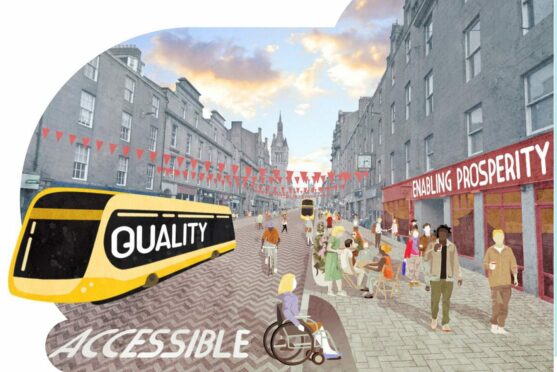
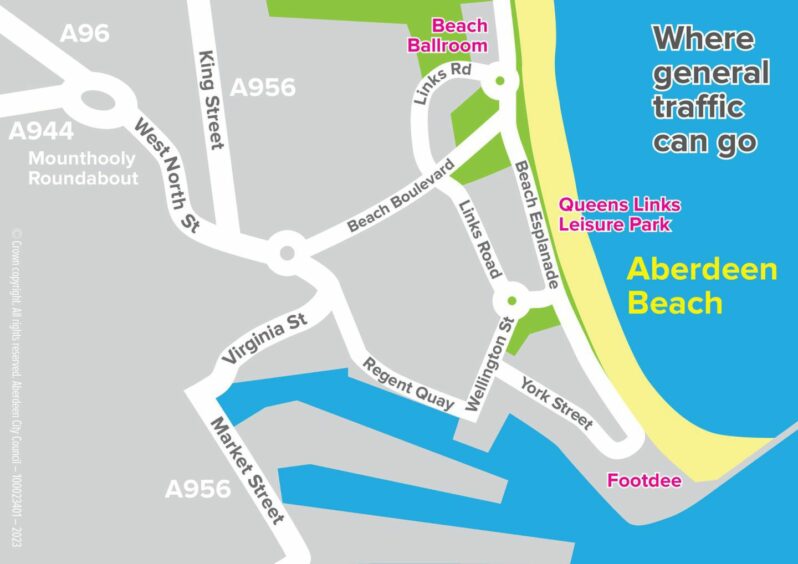
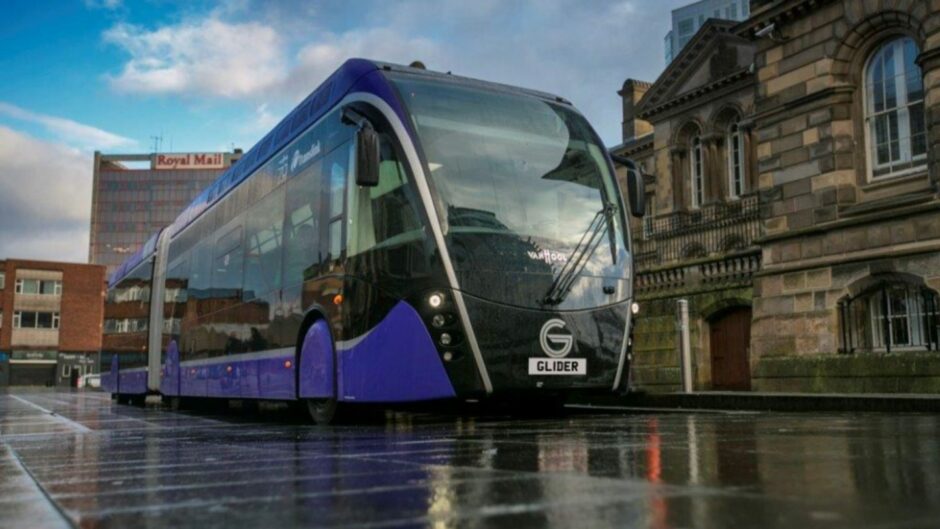

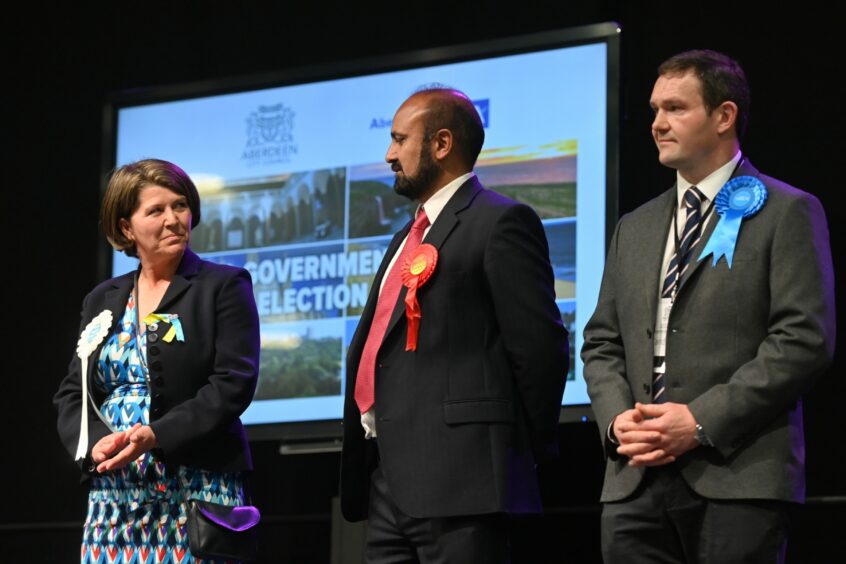
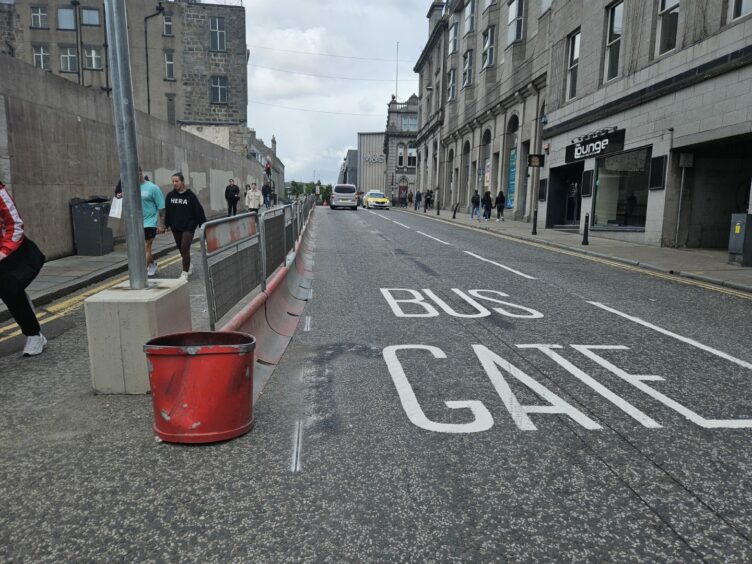

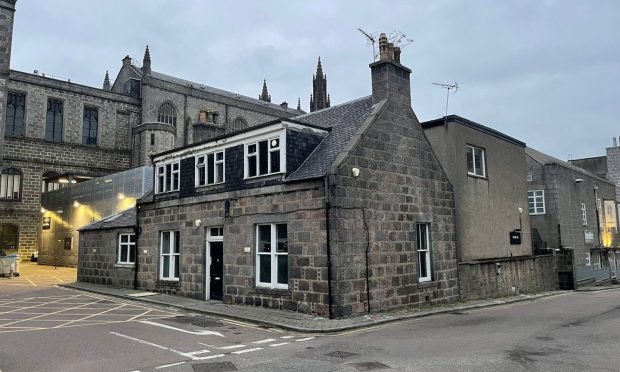
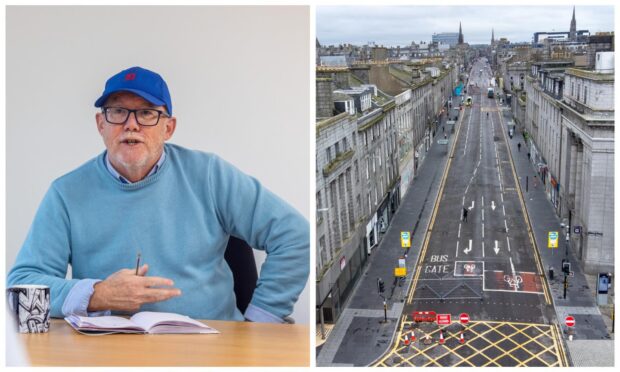

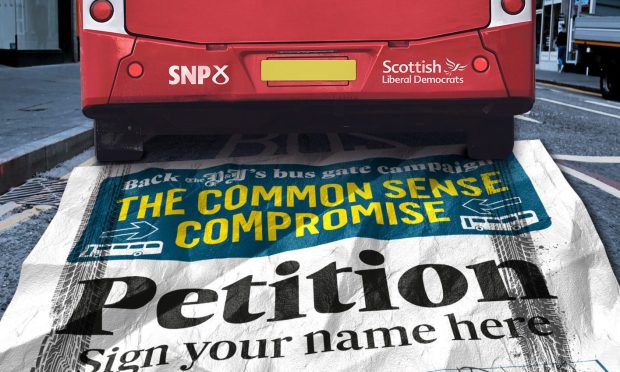
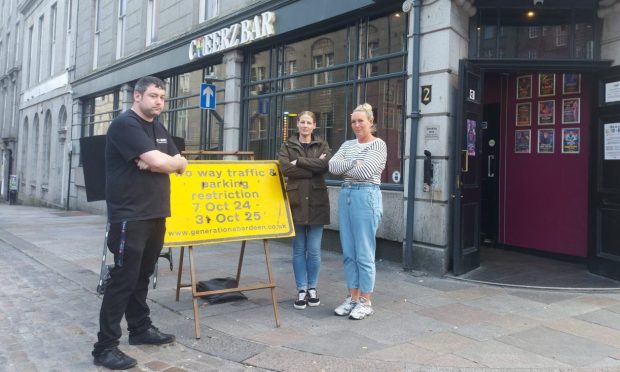
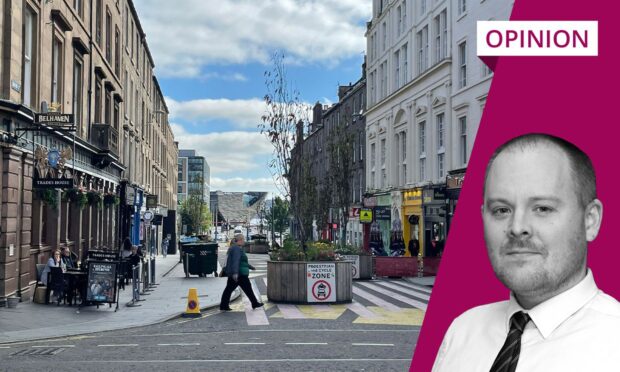
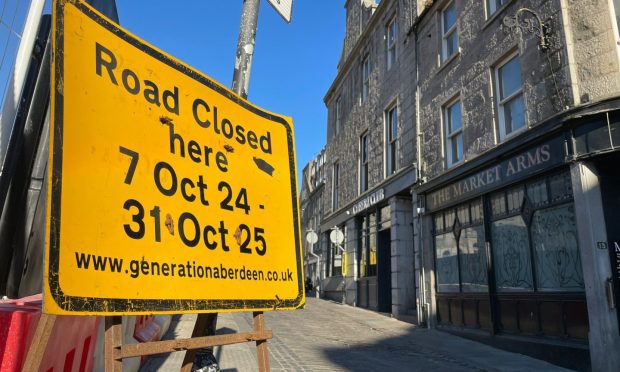
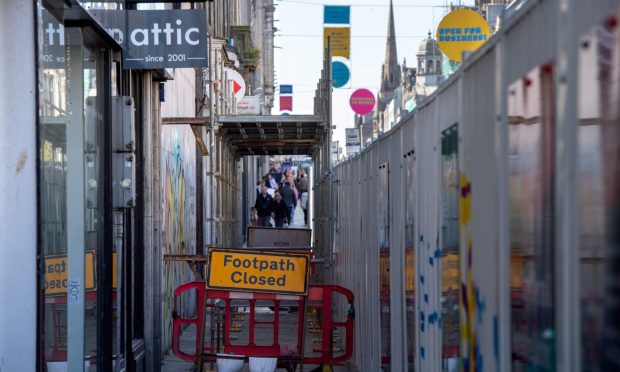
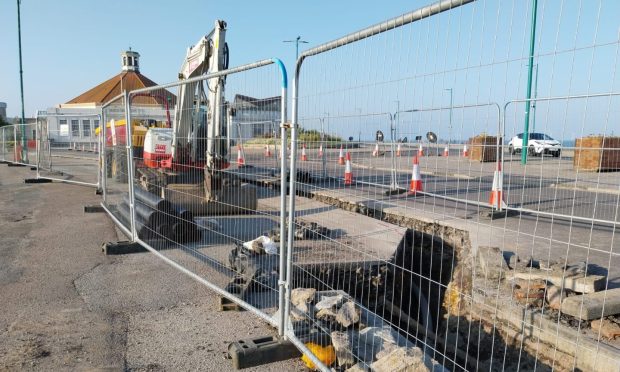
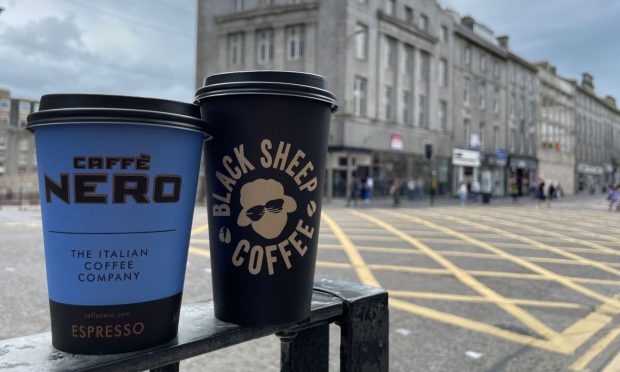
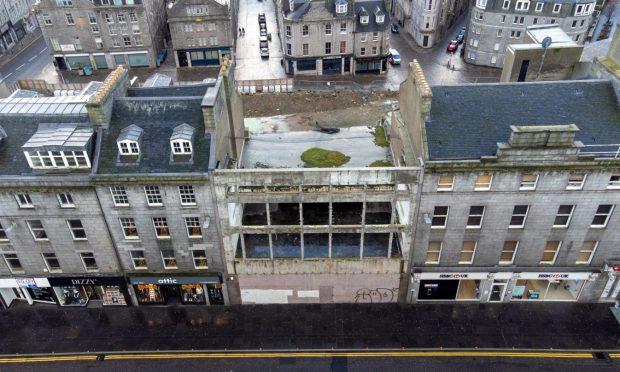
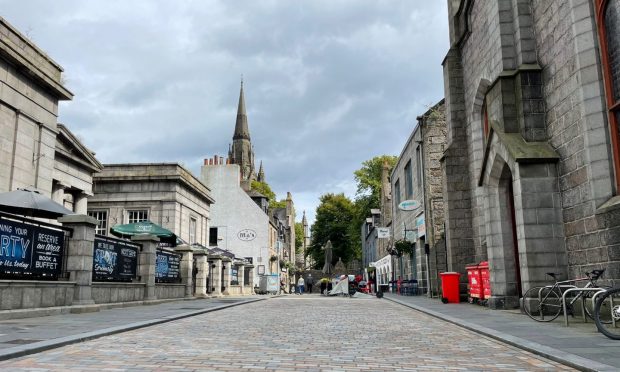
Conversation